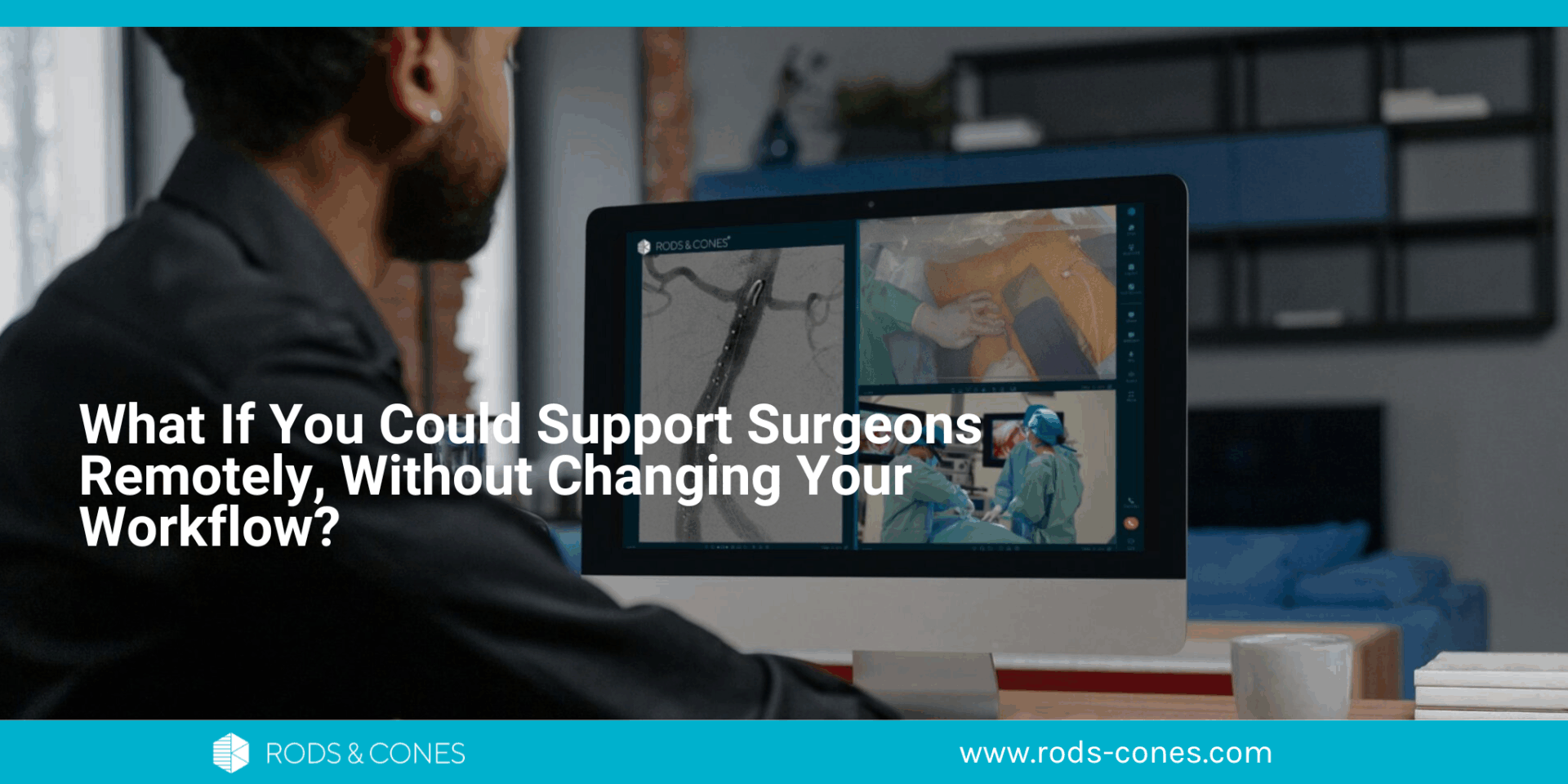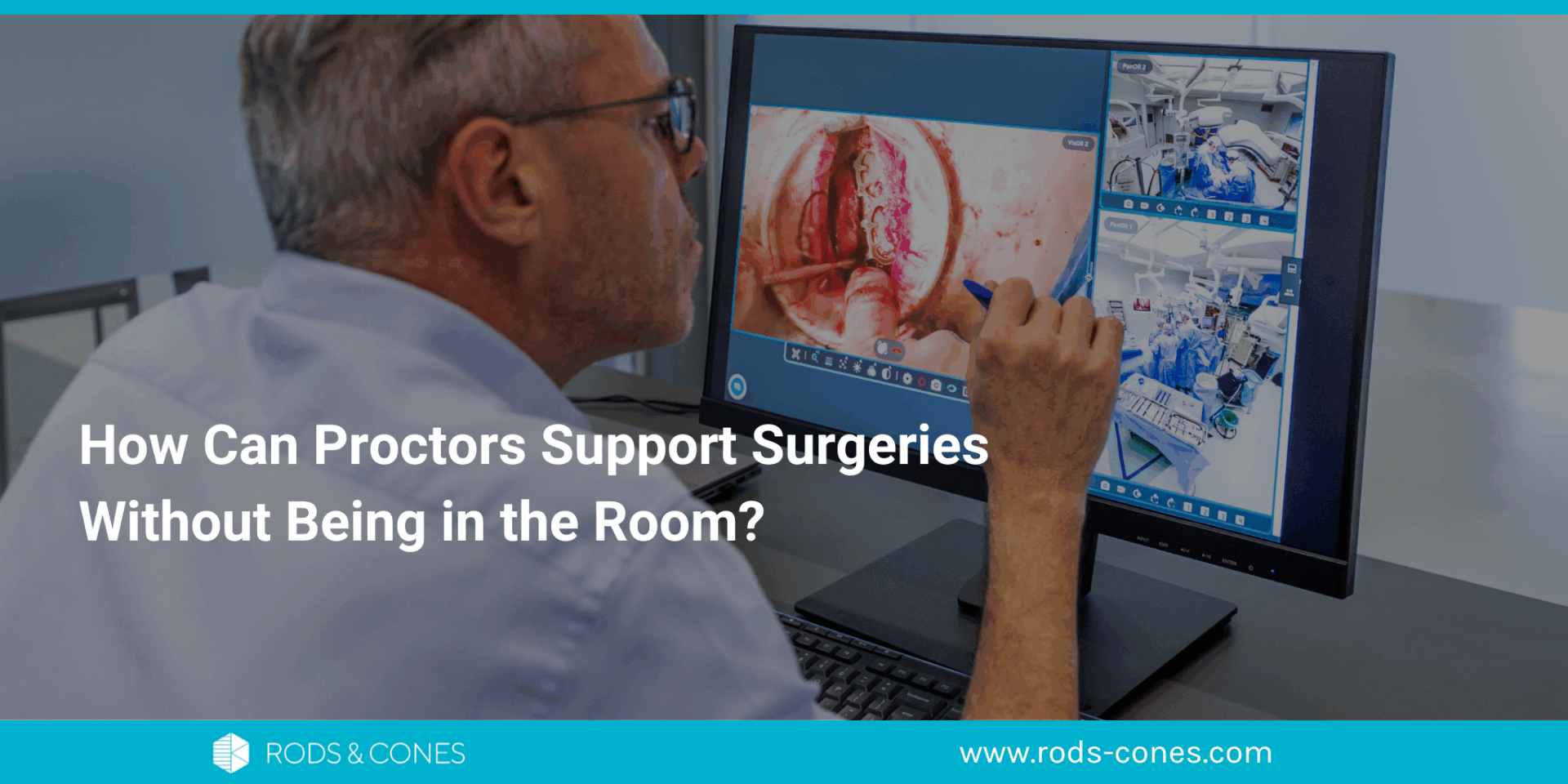In the fast-paced world of modern healthcare, technology is no longer a supporting act, it’s center stage. One of the most exciting innovations revolutionizing the operating room (OR) today is smart glasses.
Once considered futuristic, these wearable tools are now helping surgeons connect, collaborate, and make decisions in real time. Whether used for live support, training, or remote observation, smart glasses are bringing a new level of efficiency and connectivity to surgery.
But how, exactly, are smart glasses transforming the OR?
What Are Smart Glasses in Healthcare?
Smart glasses in healthcare are wearable devices that allow the user, typically a surgeon, assistant, or specialist, to access visual information, live stream procedures, or receive remote guidance, all hands-free.
They usually come equipped with:
A high-definition front-facing camera
Built-in microphones
Augmented reality (AR) or heads-up displays
Secure connection to remote experts or cloud platforms
Tools like Rods&Cones smart glasses are designed specifically for the hospital environment, with privacy, data security, and sterility in mind.
Why Hospitals Are Turning to Smart Glasses
Smart glasses are being adopted across teaching hospitals, surgical training programs, etc. for several reasons:
1. Live Remote Support and Observation
Surgeons can now invite external experts, sales reps, or colleagues into the OR, virtually, to observe and advise in real time, without physical presence.
2. Enhanced Medical Training
Training future surgeons no longer means crowding around a table. With smart glasses, students can see exactly what the lead surgeon sees, even from across the world.
3. Improved Collaboration
Smart glasses eliminate the communication gap in complex procedures. They allow real-time voice and visual guidance from off-site professionals, improving accuracy and outcomes.
4. Documentation and Data Capture
Recordings made via smart glasses can be used for compliance, research, or educational archives, directly from the surgeon’s point of view.
Use Cases in the Operating Room
Here’s how smart glasses are being used in practice:
Remote proctoring of surgeries
Live product demonstrations by medtech reps
Assistance during rare or complex procedures
Surgical training in cadaver labs or live cases
Global collaboration in real time
Platforms like Rods&Cones make this possible via a secure system that connects the glasses to a remote viewer through an intuitive interface.
Is It Secure?
Yes. Solutions like Rods&Cones are built with data protection regulations in mind (e.g., GDPR, HIPAA).
All transmissions are encrypted, and no footage is shared without approval. This is critical in a hospital setting where patient privacy is paramount.
As hospitals become more digital, smart glasses are becoming an essential tool, not a luxury.
They streamline training, reduce travel costs, and allow expertise to flow freely across borders. For hospitals embracing digital transformation, smart glasses are a simple, scalable win.
Take the Next Step
Want to see how smart glasses could transform your hospital or OR?




